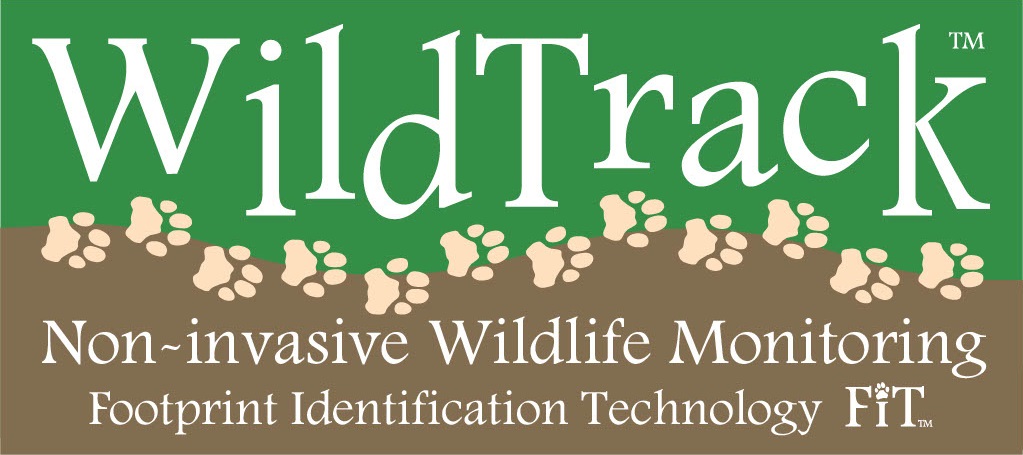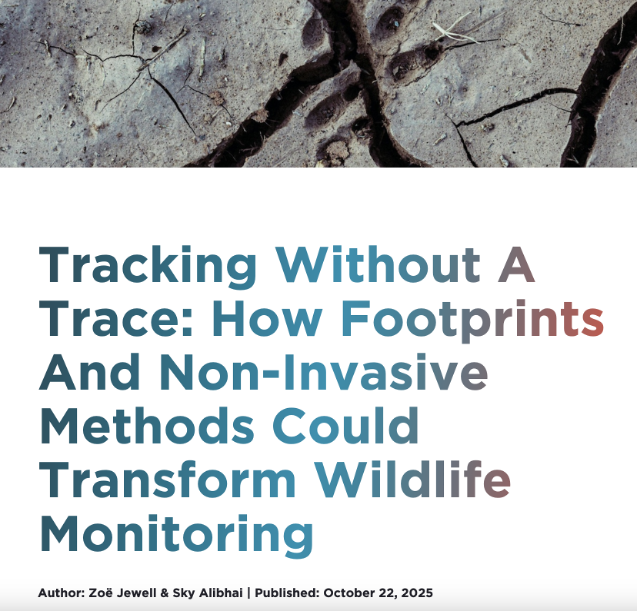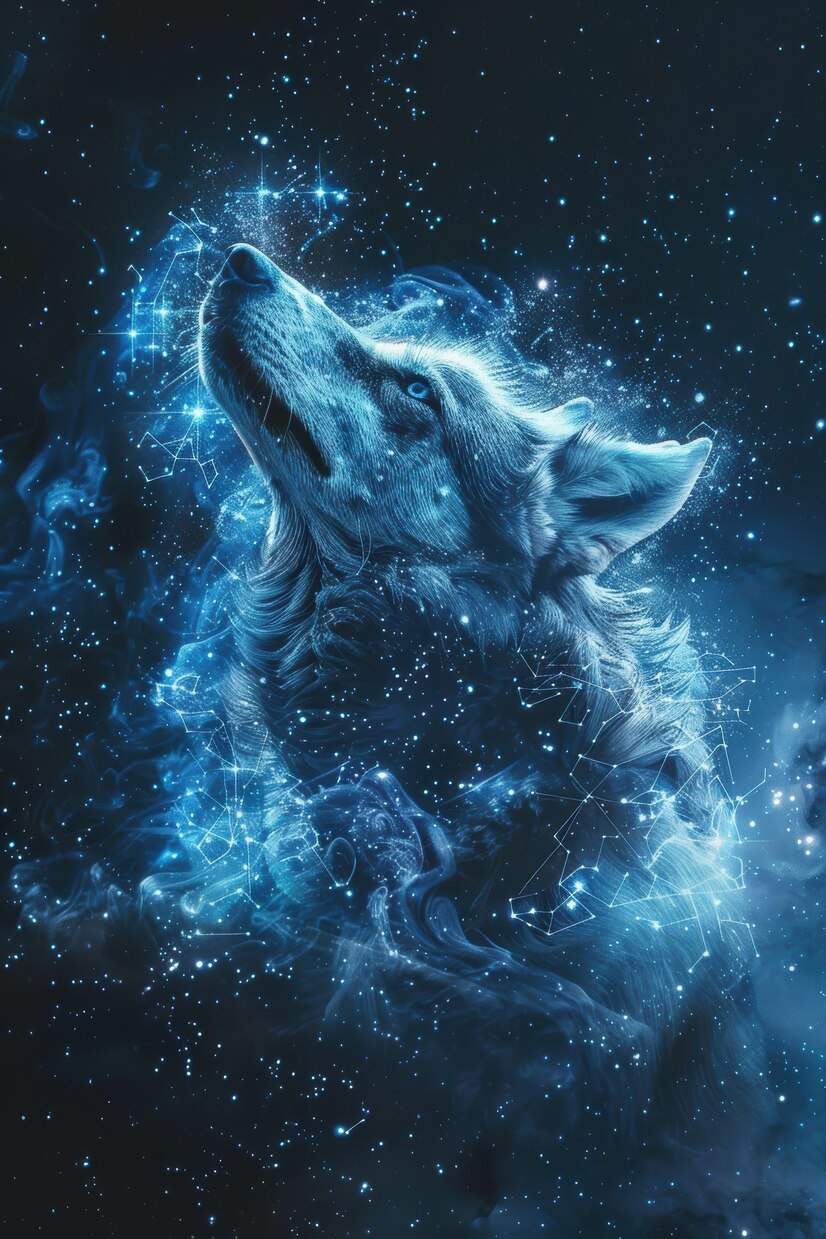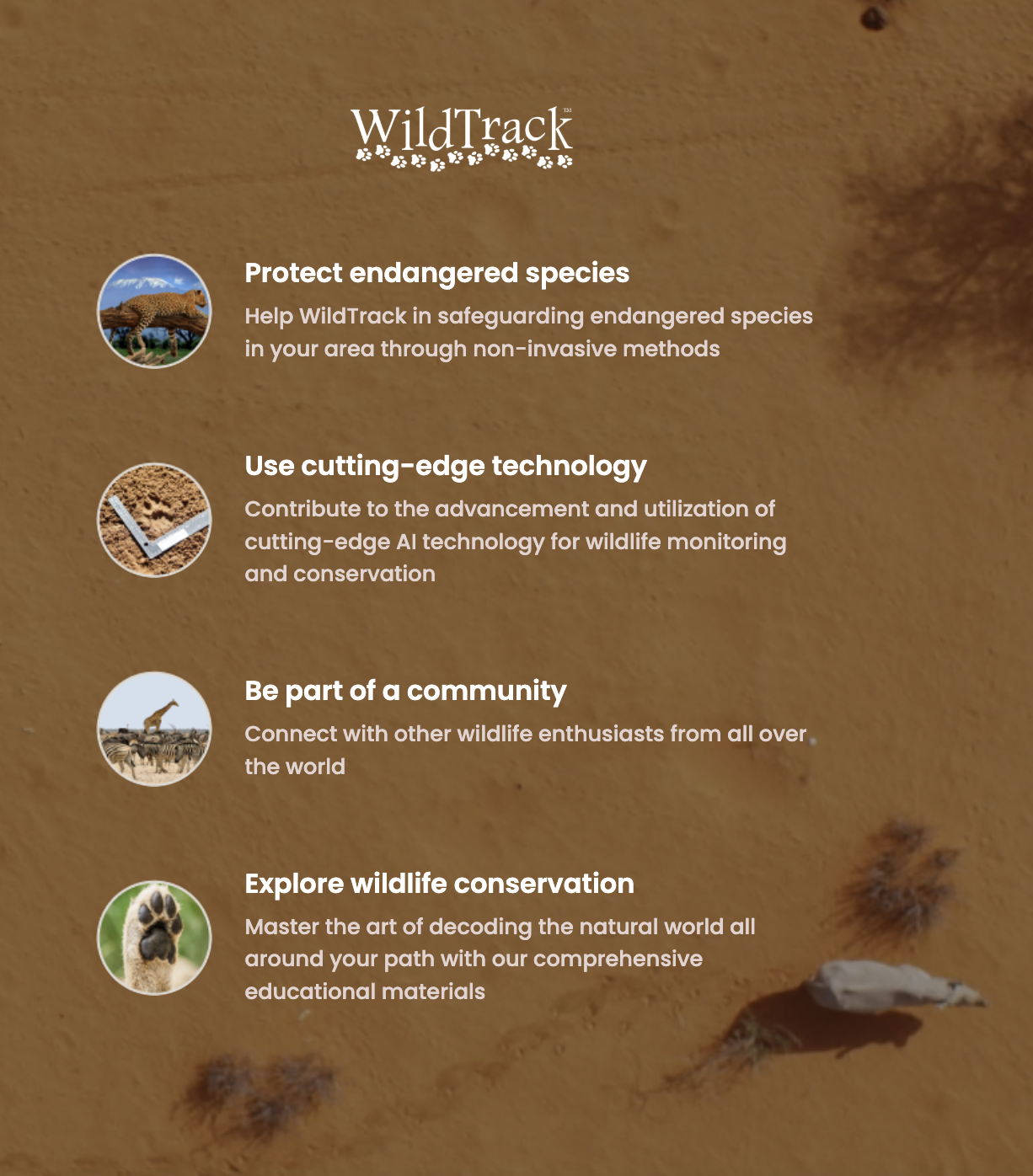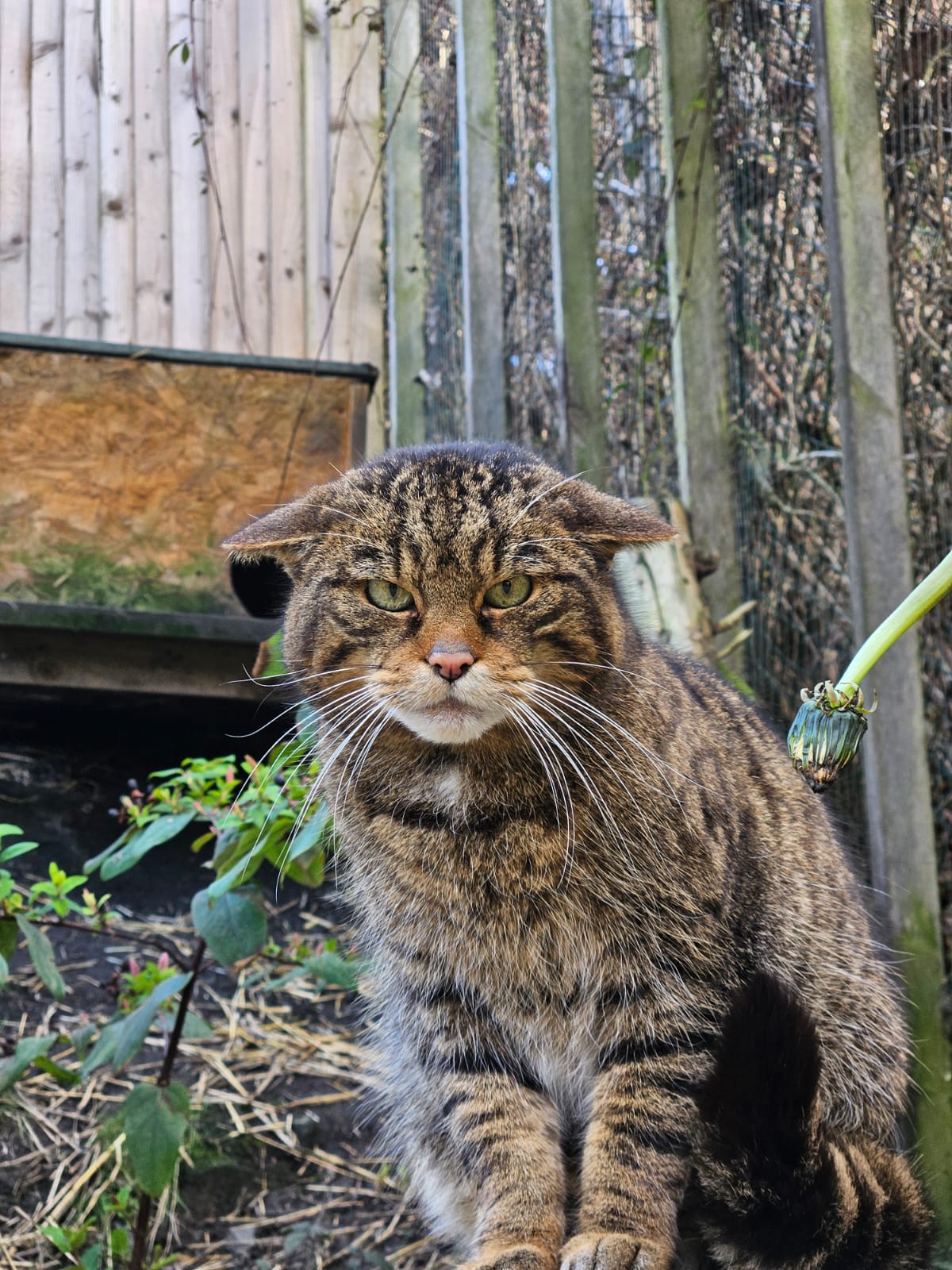ConservationFIT from WildTrack
[caption id=”attachment_140” align=”alignleft” width=”300”]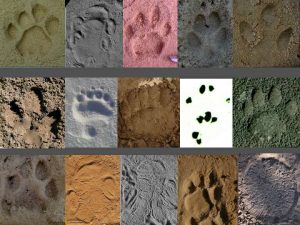 Footprints of the species that we’ve worked with, including Bengal and Amur tiger, black and white rhino, hyena, cheetah, Baird’s and Lowland tapir, polar bear, brown bear, dormouse, lion and elephant[/caption]
Footprints of the species that we’ve worked with, including Bengal and Amur tiger, black and white rhino, hyena, cheetah, Baird’s and Lowland tapir, polar bear, brown bear, dormouse, lion and elephant[/caption]
ConservationFIT from WildTrack is a new initiative to help roll-out a new technique to monitor endangered species. Species are being lost at up to 1000 times pre-human rates, and without reliable monitoring data we can’t hope to address the problem. Our approach to monitoring is non-invasive, and community-friendly.
So what’s the secret? Just footprints! Our Footprint Identification Technique (FIT) can identify species, individuals, sex and age-class, just from simple images of footprints. We use a complex statistical model in JMP software from SAS.
Why use non-invasive approaches, like footprint identification? Our research, and that of other scientists, increasingly shows that attaching devices to animals to monitor them can have negative effects such as changing their ecology, behaviour or physiology. Also, these approaches can be very expensive, where FIT requires only a smartphone or digital camera, a pencil and ruler to collect data. Lastly, FIT engages the expert ecological skills of local communities. Trackers, for example, are expert in finding footprints, and quickly learn the imaging protocol.
We hope that you’ll join our efforts. If you regularly see footprints, and especially if you work with animals and know who made the footprints, those data can help us develop the FIT algorithms we need. Take a look at our site, and check out how to take footprint images, upload them to iNaturalist, and share media about the work you do. ConservationFIT will connect zoos and animal sanctuaries with active field projects, and provide channels for sharing conservation technology, funding and information.
